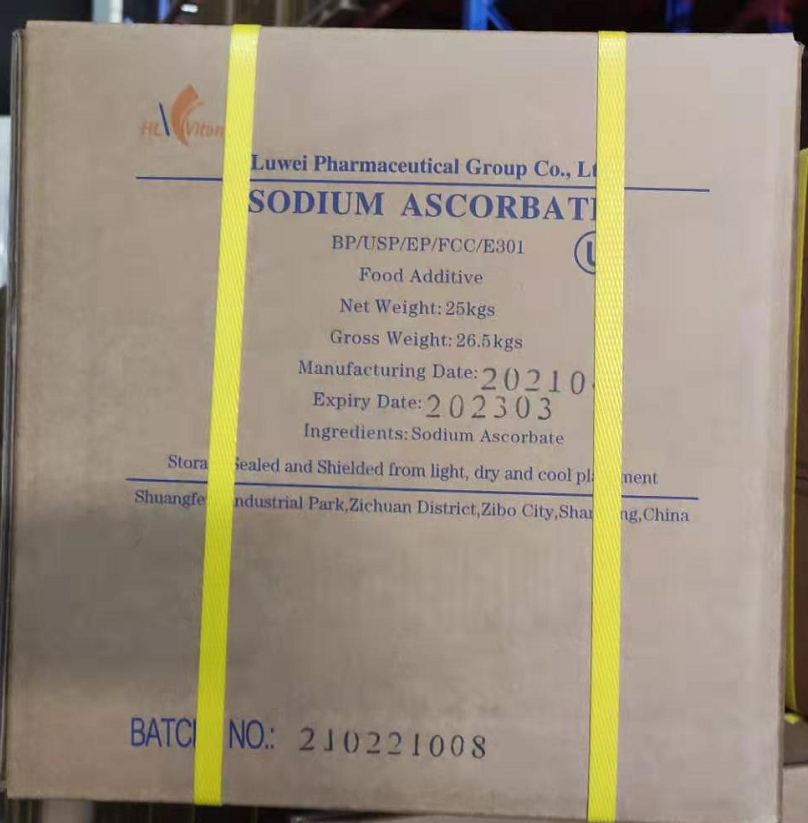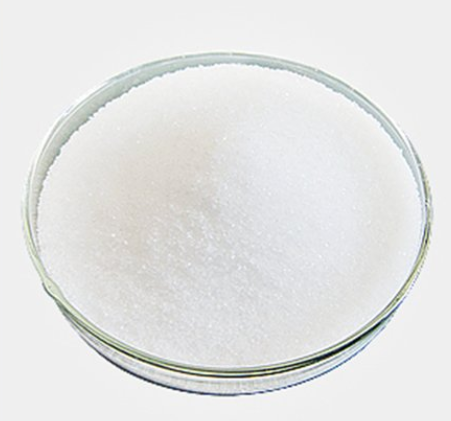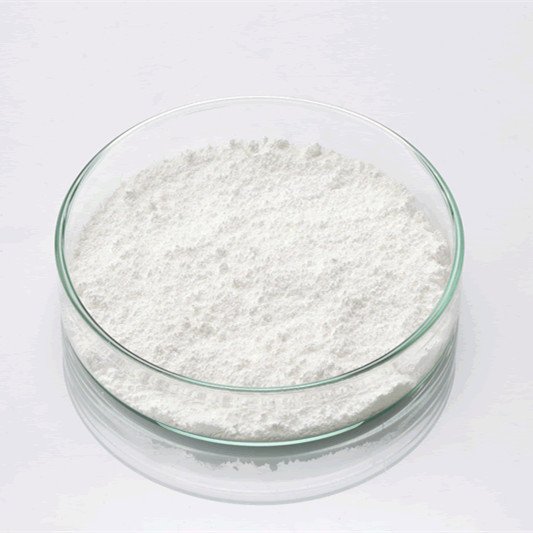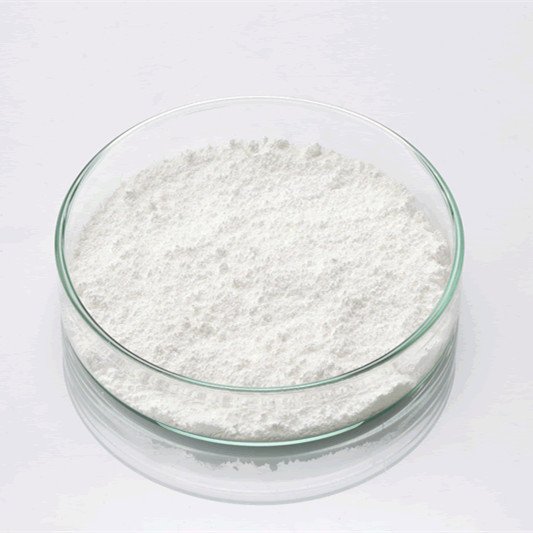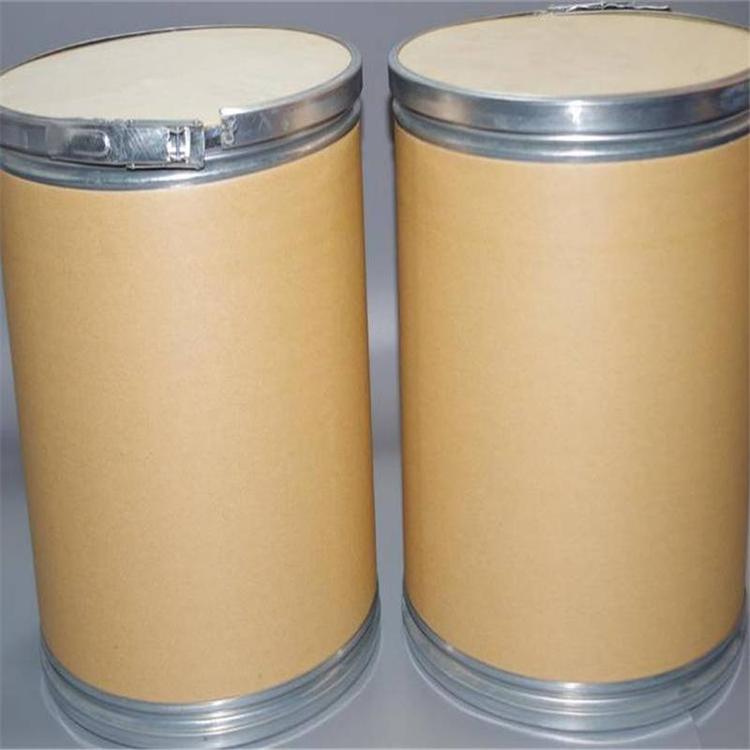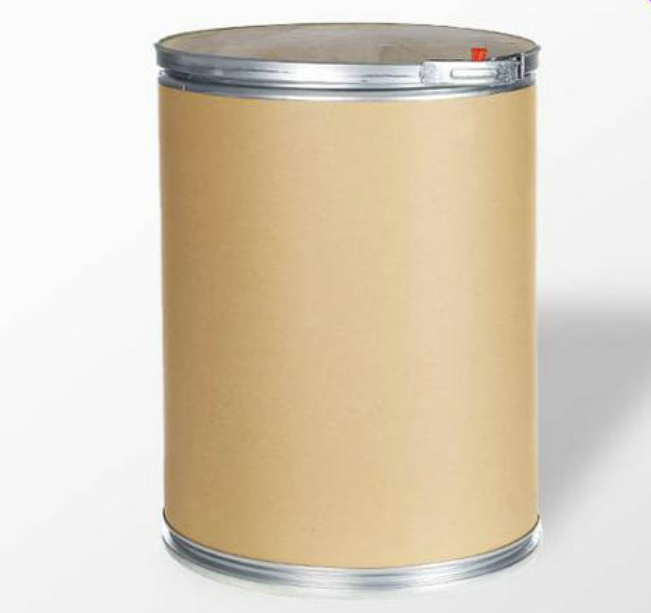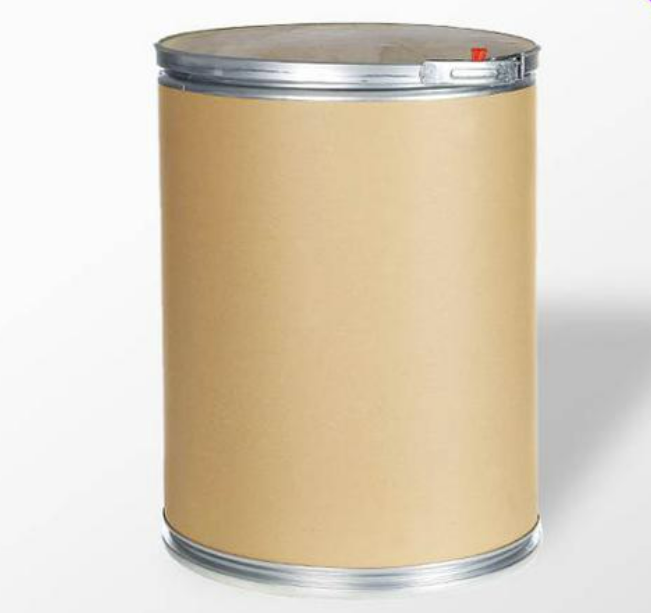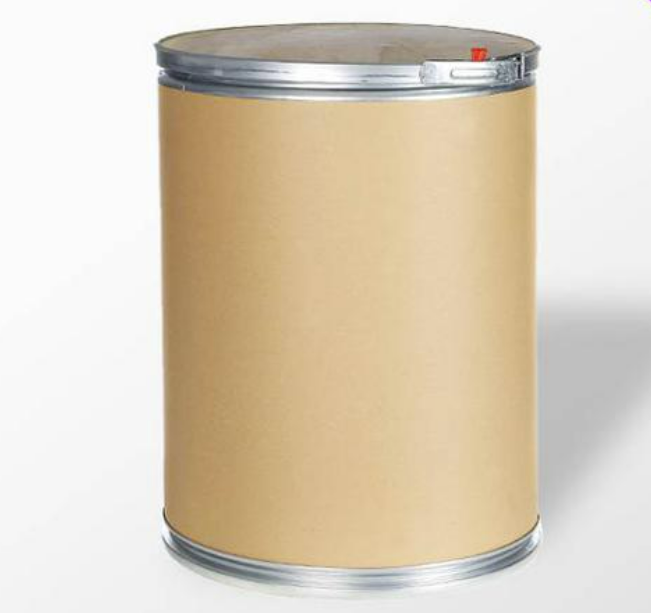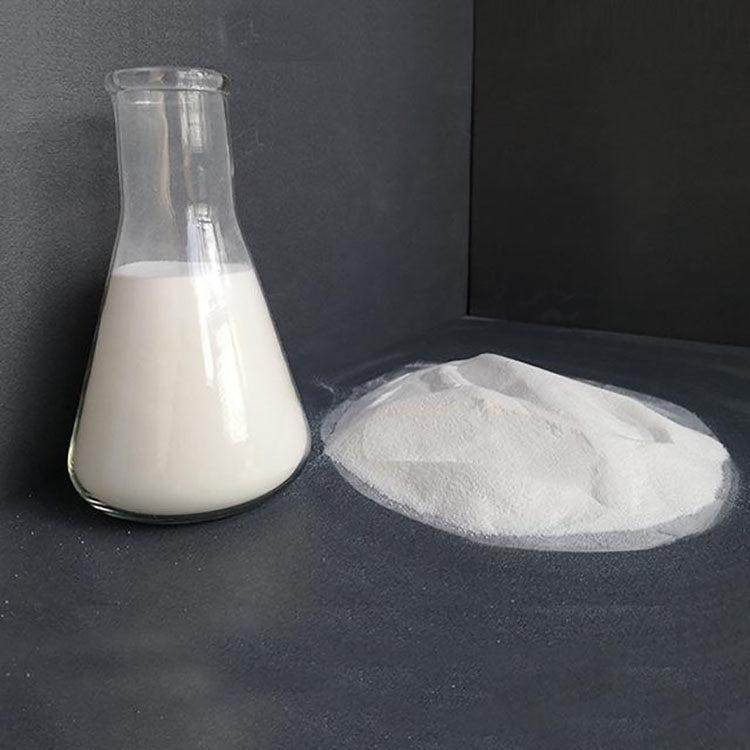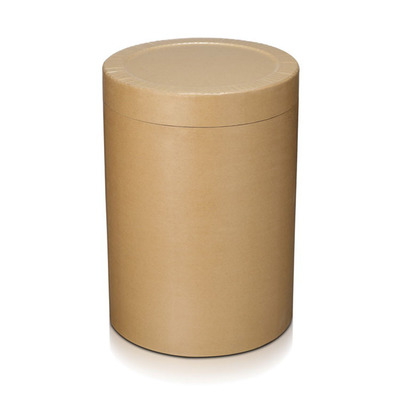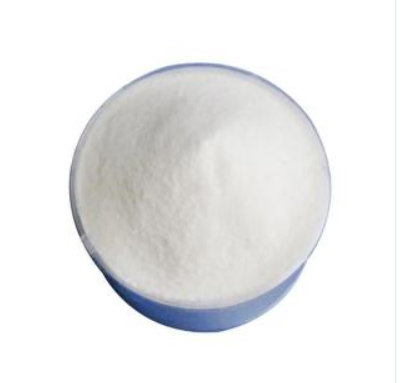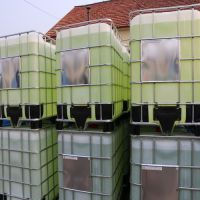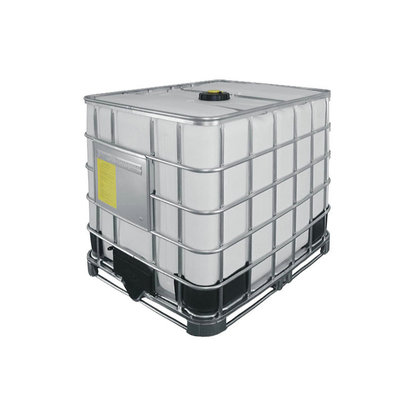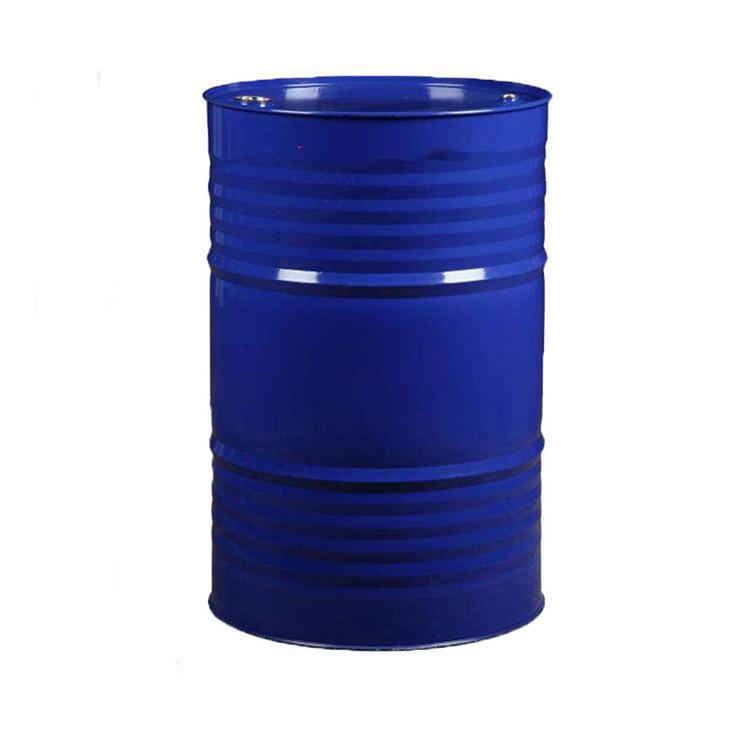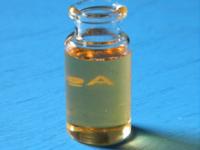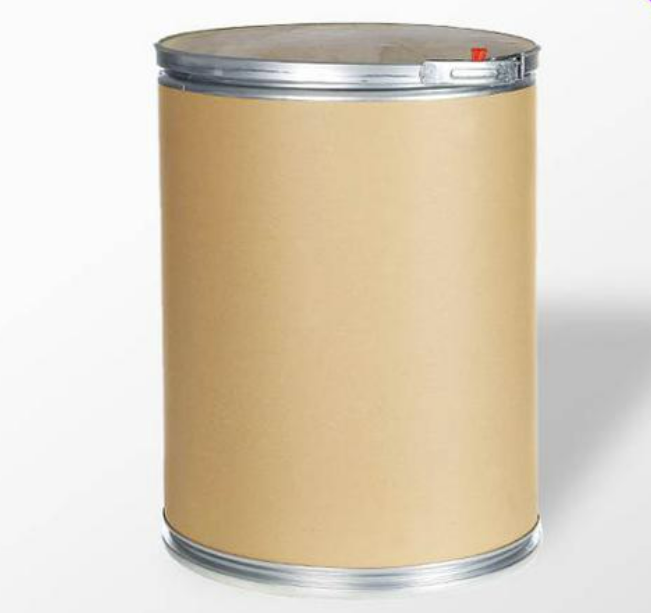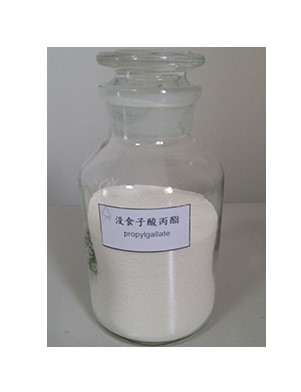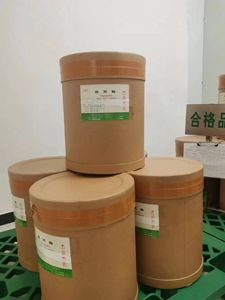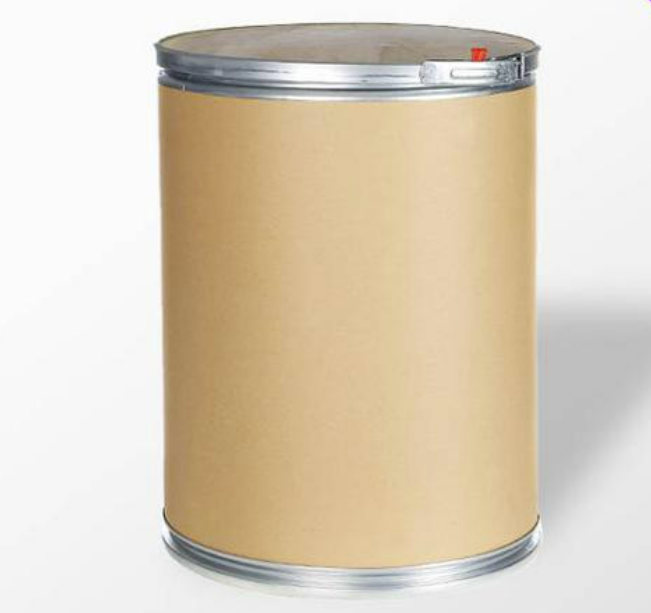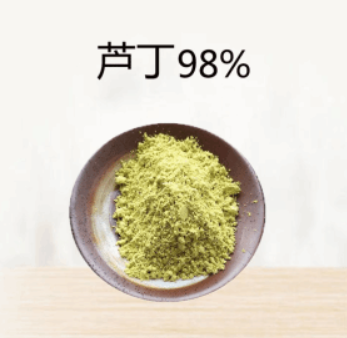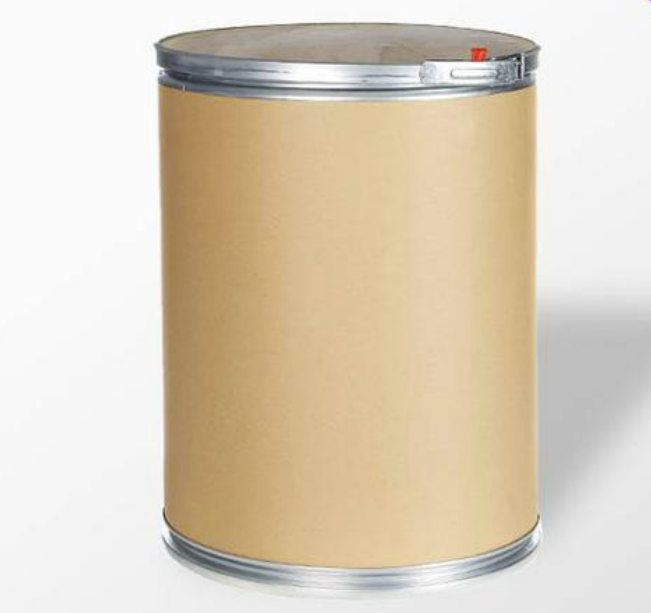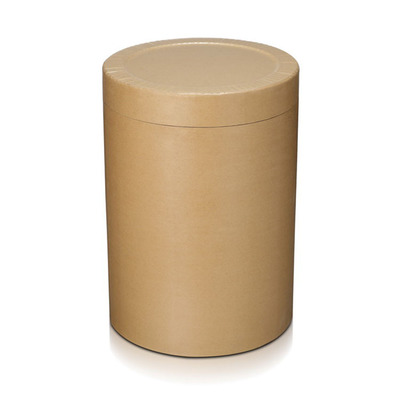Food(Feed) Additives
Food Additive
Additives For Food Packaging
Feed Additive
Anti Corrosion and Preservation
Antioxidants
Colorant
Color Fixative
Bleaching Agents
Flour Treatment Agent
Emulsifier
Thickening Agent
Stabilizer and Coagulator
Anticaking Agent
Bulking Agent
Water Retention Agent
Chewing Gum Bases
Flavor Enhancer
Sweeteners
Acidity Regulators
Food Flavors and Fragrances
Nutritional Fortifier
Enzyme Preparation
Defoamer
Coating Agent
Other Food Additives
Feed Growth Promoters
Feed Trace Elements
Feed Amino Acids and Small Peptides
Feed Vitamins
Feed Deworming Health Agents
Feed Quality Enhancer
Additives For Feed Preservation
Feed Conditioner
Other Feed Additives
Find
26
related chemicals for you
CAS:134-03-2
Molecular Formula:C6H7NaO6
Alias
More Information
L-Ascorbic Acid Sodium Salt; Sodium Ascorbate; Vitamin C Sodium; L(+)-Ascorbic acid Sodium salt; Vitamin C Sodium salt; (+)-Sodium L-Ascorbate
Brief Introduction
Sodium L-Ascorbate is the main intermediate product in the production of vitamin C. at the same time, sodium vitamin C is also an important food additive. It can be used as an antioxidant to prevent the discoloration and flavor deterioration of food and beverage. It is widely used in the preservation and fixation of ham, sausage and cake, as well as the anti mildew of moon cake. It is also used in cosmetics for anti wrinkle, anti-aging and whitening, It has the dual functions of supplementing VC and enhancing the absorption of calcium, with stable performance.
Suppliers
View More Vendors (6) >
Northeast Pharmaceutical Group Co.,Ltd.
USP/BP
/
Food Grade
25kg
/
Fibre Drum
CAS:52-90-4
Molecular Formula:C3H7NO2S
Alias
More Information
L-Cys; (R)-2-Amino-3-Mercaptopropionic Acid; FEMA 3263; CYS; Thioserine; Cystein; Cysteine; 3-Mercapto-L-Alanin; Alpha-Amino-Beta-Mercaptopropionicacid; Alpha-Amino-Beta-Thiolpropionic Acid; Half-Cysteine; l-Cysteine Price
Brief Introduction
L-Cysteine is a kind of nonessential amino acid, which exists in keratin. Keratin is the main protein of nails, toenails, skin and hair. The relationship between L-cysteine and cystine is very close. Two molecules of L-cysteine form one molecule of cystine. L-Cysteine is more unstable. It is easy to become cystine which can also be reduced to L-cysteine. Both of them are sulfur-containing amino acids, which have effects on skin formation and detoxification. L-Cysteine is mainly used in cosmetics, medicine and food. In cosmetics, it is used to prepare perm, sunscreen, hair perfume and hair essence. In the field of medicine, it is used to prepare methyl cysteine, ethyl cysteine, acetylcysteine, methyl cysteine, ethyl cysteine and comprehensive amino acid preparations. L-Cysteine can also be used as a protective drug against radiation injury. In food, L-cysteine is used as bread fermentation auxiliary (ripening agent), antioxidant stabilizer for milk powder and fruit juice, and nutrient for pet animal food.
Suppliers
View More Vendors (6) >
Alias
More Information
(+)-Alpha-Tocopherol; (+)-α-Tocopherol; D-α-Tocopherol; 2H-1-Benzopyran-6-Ol, 3,4-Dihydro-2,5,7,8-Tetramethyl-2-(4,8,12-Trimethyltridecyl)-, [2R-[2R*(4R*,8R*)]]-; D-Alpha Tocopherol; D-Alpha-Tocopherol; D-Alpha Tocopherol 900IU
Brief Introduction
Natural vitamin E is a brownish red or transparent light yellow oily liquid with a mild and special smell and taste. Soluble in ethanol, acetone, ether, chloroform or vegetable oil, almost insoluble in water. It has high boiling point (250 ℃) and is stable to heat. In case of air and light oxidation and become dark red. It has no heat and does not participate in human metabolism.
Suppliers
View More Vendors (5) >
CAS:121-79-9
Molecular Formula:C10H12O5
Alias
More Information
PG; Nipa49; Benzoic Acid, 3,4,5-Trihydroxy-, Propyl Ester; N-Propyl 3,4,5-Trihydroxybenzoate; Gallic Acid Propyl Ester; Progallin P; Tenoxpg; Sustane Pg; Fema 2974; Fema 2947; 3,4,5-Trihydroxybenzoic Acid Propyl Ester; N-Propyl Gallate; Propyl 3,4,5-Trihydroxybenzoate; Gallic Acid Propyl Ester , Pg; Tenox Pg; Antioxidant; Antioxidants
Brief Introduction
Propyl gallate, also known as propyl gallate, is a synthetic oil soluble antioxidant. Oil soluble antioxidants are phenolic compounds, including butylhydroxyanisole (BHA), dibutylhydroxytoluene, tert butylhydroquinone (TBHQ) and so on. They can provide hydrogen atoms to combine with free radicals produced by automatic oxidation of oil to form a relatively stable structure, block the chain automatic oxidation process of oil, so as to achieve the purpose of antioxidation.
Suppliers
View More Vendors (4) >
CAS:153-18-4
Molecular Formula:C27H30O16
Alias
More Information
Rutin Hydrate; Vitamin P Trihydrate; Rutin Trihydrate; 3,3’,4’,5,7-Pentahydroxy-Flavon3-(O-Rhamnosylglucoside); 3-[[6-O-(6-Deoxy-.Alpha.-L-Mannopyranosyl)-.Beta.-D-Glucopyranosyl]Oxy]-2-(3,4-Dihydroxyphenyl)-5,74H-1-Benzopyran-4-One; 3-[[6-O-(-Deoxy-L-Mannopyranosyl)-D-Glucopyranosyl]Oxy]-2-(3,4-Dihydroxyphenyl)-5,7-Dihydroxy-4H-1-Benzopyran-4-One; 4-Dihydroxyphenyl)-5,7-Dihydroxy-Yranosyl]Oxy]-2-(; 4H-1-Benzopyran-4-One,3-[[6-O-(6-Deoxy-Alpha-L-Mannopyranosyl)-Beta-D-Glucop; Bioflavonoid; Globularicitrin; Ilixathin; Rutoside
Brief Introduction
Rutin, a rutin glycoside of quercetin, is a kind of flavonoids extracted from plants. It exists in rutin, tartary buckwheat, Sophora bud, Catalpa bungei leaves, tomato stems, leaves and seed shells. The main uses of rutin are as follows: 1. Food additive: it can be used as food pigment (like lemon yellow), antioxidant and nutritional supplement, mainly used in cold drinks, beverages, pastries, meat products, aquatic products, etc. 2. Vitamins: it can reduce the permeability and fragility of capillaries, maintain and restore the normal elasticity of capillaries. It is used for prevention and treatment of hypertensive cerebral hemorrhage, diabetic retinal hemorrhage and hemorrhagic purpura. 3. It has anti-inflammatory effect; Vitamin P has the effect of maintaining vascular resistance, reducing permeability and brittleness. It has the effect of removing fat in fatty liver, especially in combination with glutathione; Antiviral effect and inhibition of aldose reductase.
Suppliers
View More Vendors (4) >
Inquiry (
10
/ 10
)
Clear All
You can inquire for up to 10 products at a time
Sign In
Error!

